Packaging is the physical appearance of a good prepared for retail sale. The role of packaging in marketing has become quite significant as it is one of the ways companies can get consumers to notice their products. A common use of packaging is marketing. The packaging and labels can be used by marketers to encourage potential buyers to purchase the product. Packaging is also used for convenience and information transmission. Packages and labels communicate how to use, transport, recycle or dispose of the package or product.
Labels serve to capture the attention of shoppers as well as provide useful information regarding the product. Labels are attached to the product package to provide information such as the manufacturer of the product, date of manufacture, date of expiry, its ingredients, how to use the product, and its handling.
Things to consider when getting packaging designed for a new product:
Brand Clarity
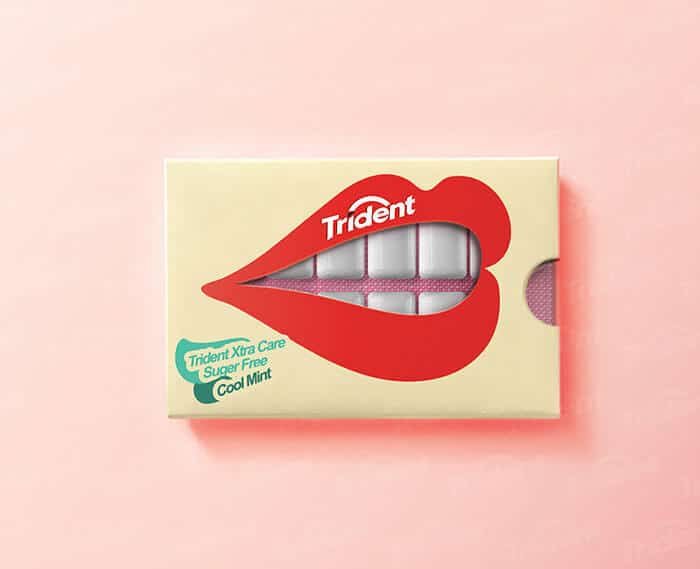
To successfully engage consumers, packaging should be clean, clear, and straight to the point. Adding too much text or too many photos and graphics will only confuse and frustrate shoppers. Instead, businesses should stick to the fundamentals, using negative space meaningfully.
Brand Colors
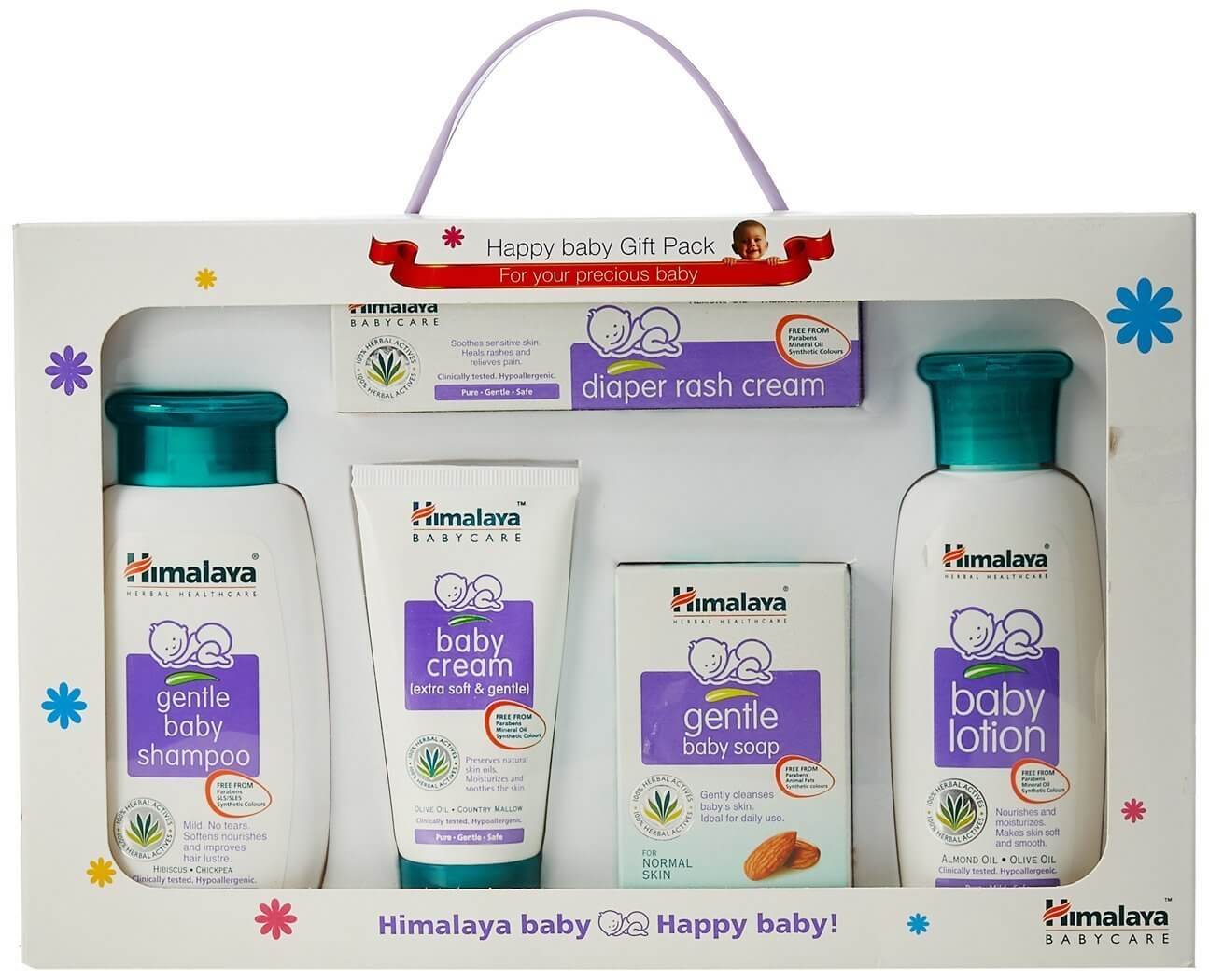
Consistent and strategic use of colors in packaging design is crucial. A start-up should understand their target audience deeply and take advantage of color sciences to effectively attract the right eye balls to the product. Colors even have regional significance and a small study on cultural significance of colors must be conducted by every business when expanding to a new region.
Standing Out
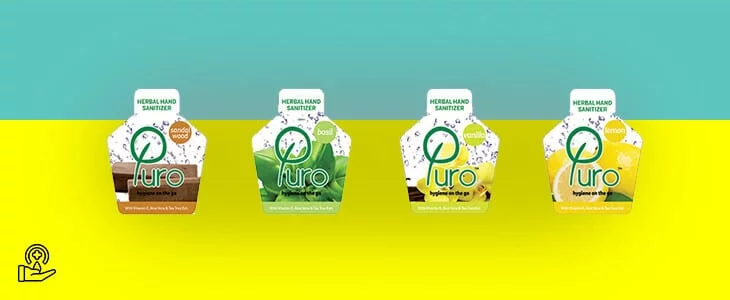
Consumers’ attention spans are short, so businesses need to employ innovative methods that will attract immediate attention. But being the “loudest” box on the shelf is not an adequate strategy. To make a captivating first impression that establishes a connection, brands may need to transcend tradition and break the rules. Through the use of uncommon shapes, tactile surfaces, alluring colours, compelling graphics, or captivating illustrations, a brand’s essence and attitude can be projected in a meaningful and memorable way. To stand out among all the visual noise, retailers need to take out the big guns and devise a packaging strategy that surprises and delights.
Consumer Delight
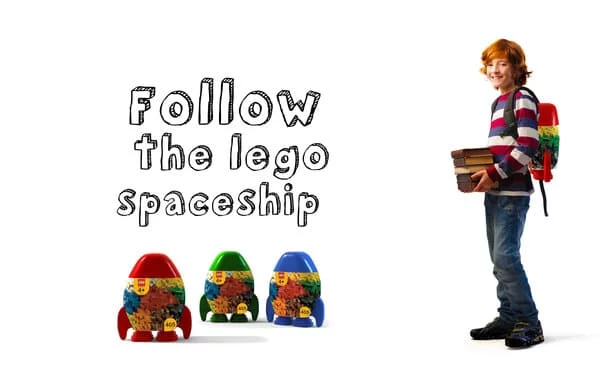
A captivating unboxing experience is a powerful way to create a positive moment filled with anticipation and euphoria, thus locking in consumer engagement and solidifying brand loyalty. The unboxing experience can have a dramatic effect on customer perception, which is why businesses should invest in creating a carefully branded process that takes shoppers on an emotional, dynamic, sensory-filled, and satisfying journey that is devoid of frustration. Soft-touch finishes, crisp edges, natural elements, crinkly paper, and smooth, moving components can add stimulating layers to the unboxing journey, helping to enhance the experience.
Story Telling
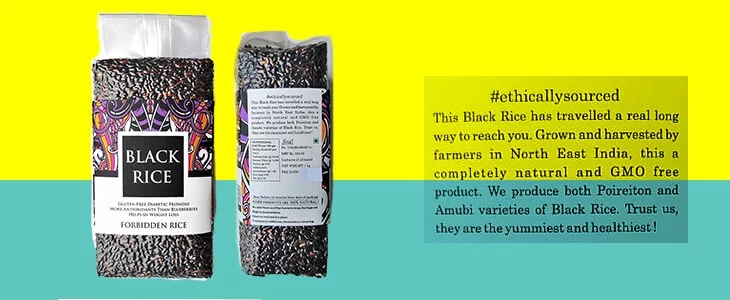
Depending on the brand adding a story telling element to the packaging is a brilliant way to hook consumers and drive brand engagement for retail products. A good story when done right is very powerful in increasing conversions, spreading word of mouth and social media share-ability.





Leave a Reply